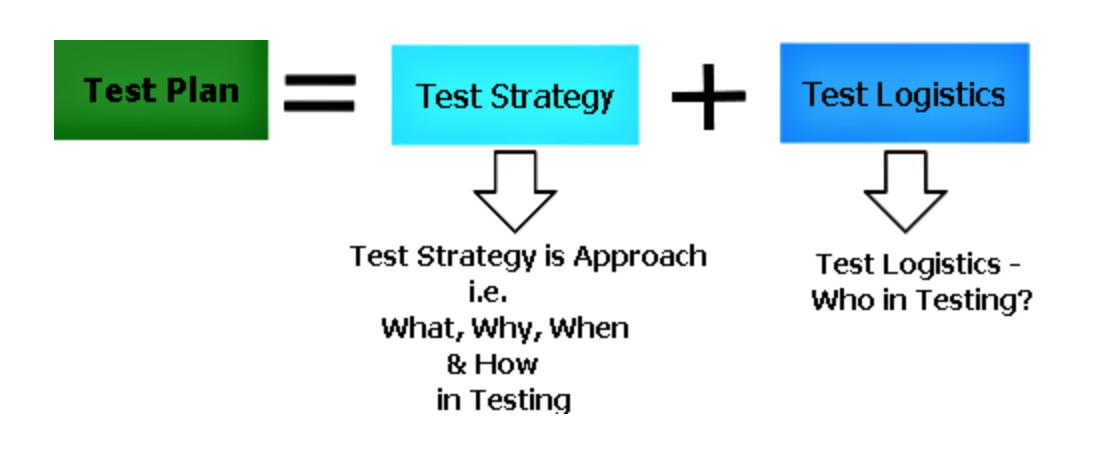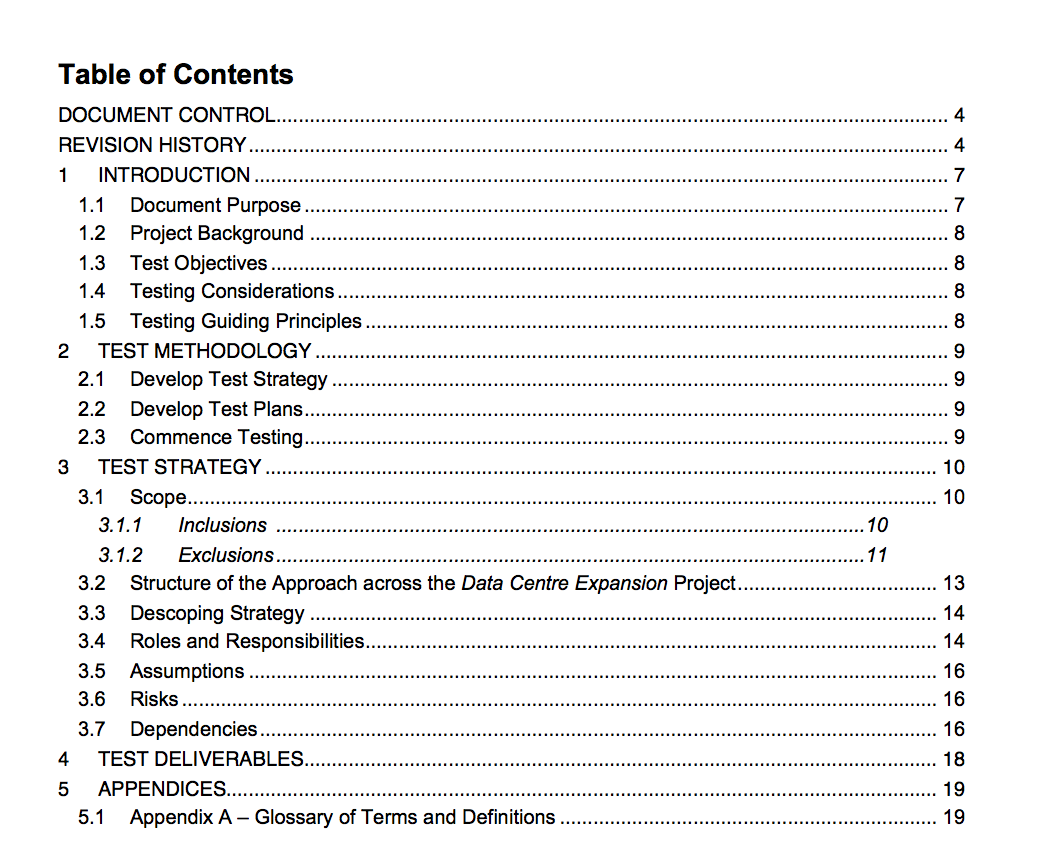A Powerful Testing strategy - 5 tips
- by Alex Antonatos

What is a Test Strategy ?
A strategy for defining a testing approach, what you want to accomplish and how you are going to achieve it, the details how the testing objectives would be met effectively.
This document removes all uncertainty or vague requirement statements with a clear plan of approach for achieving the test objectives for your project. Test strategy is one of the most important documents for the QA team.
You should look at any defined test processes (e.g. entry/ suspension/ resumption/ exit criteria for test, process to execute test cases and process to report a defect) to examine their feasibility in your situation. Identify the required test processes that will be re-used, modified or create them from scratch.
1. Encourage clarity in reporting bugs, always propose a standardized test template for the users.
2. Identify the data that will be recorded, measured, analyzed and reported to show the progress of testing.
3. Challenge all assumptions while you design your test strategy. Provide safeguards if any of your prior assumptions prove incorrect later.
4. Remember that a powerful strategy is never static. Monitor the results obtained from the test strategy and do not hesitate in making the desired modifications towards completing your test strategy.
5. Last tip, a great testing strategy should include all areas included in this table of content.
